Do you have aspirations to build a great wine collection but don't know where to start? Have you collected a few bottles but are unsure about how to build what you have into a cohesive collection? Here are some tips and hints to help you out.
The best way to start is to educate yourself. Before you're ready to spend your money on a bottle worth aging in a wine cellar, you need to figure out how to pick out a good one. Read books, articles, and blogs on wine. But don't forget that the best way to learn is through practice. Be proactive in your learning. Visit wine stores and talk to the knowledgeable employees. Go to wine tastings and talk to the employees there--they are often a wealth of information that most people ignore, and they love to tell you about the differences between vintages and varietals.

You also need to lean what wines you like. There's no sense investing time and money into a bottle of oaked Chardonnay, only to find out that you really don't like oaky wines. Now, it's easy to decide whether you like or dislike a particular bottle. It's harder to remember what bottles you like and what bottles you don't when you're in the wine shop ready to purchase. The best way to quickly build up an inventory of your tastes in wine is to keep a wine notebook. Whenever you taste a wine, take a few notes on it. Use a simple rating system (1-10, for example), so that you can easily tell how you felt about a particular wine. When you're at the store facing hundreds of bottles, a wine notebook will help you have purpose and direction. If you can't try a particular wine before purchase, check out online reviews.
If you have a wine cellar or a wine cabinet or refrigerator, it's imperative that you learn about wine aging. Some wines age better than others. Some should age for only 2 years, while others can benefit from 20 years of aging or more. Besides reading and talking to experts, a good way to learn about aging is to tag your bottles. Buy several bottles of the same varietal and vintage. Tag them with the date that you stored them. As you open each bottle, take notes! (Remember that wine notebook? This is another thing it's good for.) Another benefit of buying in bulk is price. Buying a case of wine (12 bottles) is usually more cost effective than buying those bottles individually. But 12 bottles is a lot, so make sure you like the wine before you buy a whole case.
Don't forget that wine is supposed to be fun. Don't be afraid to step out of your comfort zone and try new varietals. If you love Merlot, branch out a bit and try other reds--you might find yourself falling in love with Spanish Rioja or even California Cabernet Sauvignon. But if you find that there's nothing you like better than a buttery Chardonnay, feel no shame in stocking your wine cellar with dozens of bottles of the stuff you love. It's your wine collection, after all, and it should be a reflection of you.
Building a wine collection can be a pleasurable and interesting pastime that you can enjoy for the rest of your life. Having knowledge of wine, and a collection that reflects that knowledge, is something wine collectors get a great deal of satisfaction from. But there's no sense in putting time and money into wine collection unless you have a proper place to store it. Wine stored incorrectly won't age well, and you'll find bottle after bottle of your hard-won collection opening up rancid. Check back for our next post on the right way to store wine.


